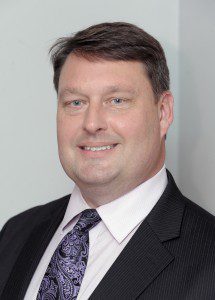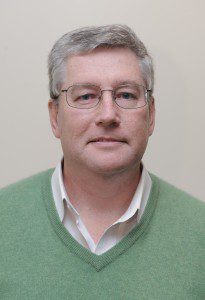WESTFIELD – The Finance Committee is set to convene tomorrow to discuss a number of pending issue which will affect the process of setting a new tax rate for the current Fiscal Year 2015, which is nearly half over.
The tax rate is based upon several numbers: assessed value of property; the levy which includes new growth and any increase allowed under Proposition 2 1/2; and the shift factor approved by the City Council. Residential property is seeing an increase in value based upon recent retail market activity, while commercial property values are dropping, based on recent sales.
The levy number is based upon the tax levy of the previous year, new growth as certified by the state Department of Revenue and any proposed tax rate increase.
The Finance Committee is expected meet tomorrow at 6 p.m. to discuss an 11-item agenda, including several appropriations from free cash to reduce the 2015 tax levy, as well as the residential shift, a factor that moves the tax burden between residential property owners and the Commercial, Industrial and Personal (CIP) property owners.
The residential shift has been at 1.63 the past four fiscal years. A higher shift factor would shift more of the tax burden onto the CIP and away from residential property owners. Any number below that 1.63 would shift the burden to residential tax payers and away from CIP property owners.
Since residential property accounts for 83 percent of the total property value of $3 billion in the city and the CIP for the remaining 17 percent, a higher residential shift results in substantially higher CIP tax rates, while a lower shift results in much small rate increases for residential property.
Mayor Daniel M. Knapik has submitted his numbers to the City Council, with a recommended shift factor of 1.66 that would result in residential tax rate of $18.41, a slight increase from the 2014 rate of $18.18; while the CIP tax rate would climb to $35.33, well above the 2014 rate of $33.84.
The city needs to have the tax rate issue resolved quickly so tax bills can be mailed before the end of the calendar year, Dec. 31. The DOR could grant an exemption to allow the third quarter tax bills to be an estimated bill, but has warned the city it does not look favorably on granting exemptions for self-inflicted circumstances.
The cost of short-term borrowing until April, when tax bills could be mailed, is estimated at $135,000, and the April mailing would contain both the third and fourth quarter tax bills, which several councilors have said, would cause taxpayer consternation.
The challenge tomorrow will be to get at least seven councilors to agree on anything, even to take any vote on the either the levy appropriations or the residential shift.
Finance Chairman Christopher Keefe and At-large Councilor David A. Flaherty and other councilors hope to force Knapik to reduce the levy by using free cash or stabilization funds to reduce the amount which has to be raised this year by not voting on a residential shift until Knapik appropriates more funding
That group of councilors want a tax increase of 0 percent and argue that with the nearly $13 million the city has in the bank it can afford not only not to raise taxes but to approve a decrease which would send money back to residents
“Under the city’s current financial circumstances no tax increase is acceptable to me,” Keefe said yesterday.
“We could use some amount (of free cash or stabilization funds) to get us closer to a zero percent increase,” Keefe said. “This is the one time when we’re in position to do that for the 17,000 taxpayers in the city, to give a tax rebate. It’s the people’s money. Why not give them first crack at it?”
Flaherty made a similar argument.
“We have a one-time opportunity to set a zero percent tax increase or below zero percent,” Flaherty said. “The mayor proposes using free cash for operational expenses. That money should be spent on non-recurring expenses.”
Both Flaherty and Keefe, who is also opposed to using reserve funds for operating expenses, said that those funds will not be available in future years.
“It’s not a good situation to use free cash for operational expenses when that may not be available next year. How do you balance the budget then?” Keefe said.
Flaherty said he hopes the council will decline to vote on the residential shift until Knapik agrees to further appropriate free cash or stabilization to lower the tax levy.
At-large Councilor Dan Allie says he thinks “pretty much the same thing” as Flaherty and Keefe.
“We moved free cash into stabilization last June, but as far as I can see (Knapik) is very reluctant to touch any of that money,” Allie said. “I believe that $400,000 to $500,000 could provide some relief.”
Allie said that free cash has to be used to replace funding the council cut from the Health insurance Trust last June and that the city’s stabilization account helps the city obtain lower bond rates.
“But I won’t vote to put another dime into stabilization if we can’t use it to benefit residents,” Allie said. “This whole process is like trying to jump onto a moving train.”






